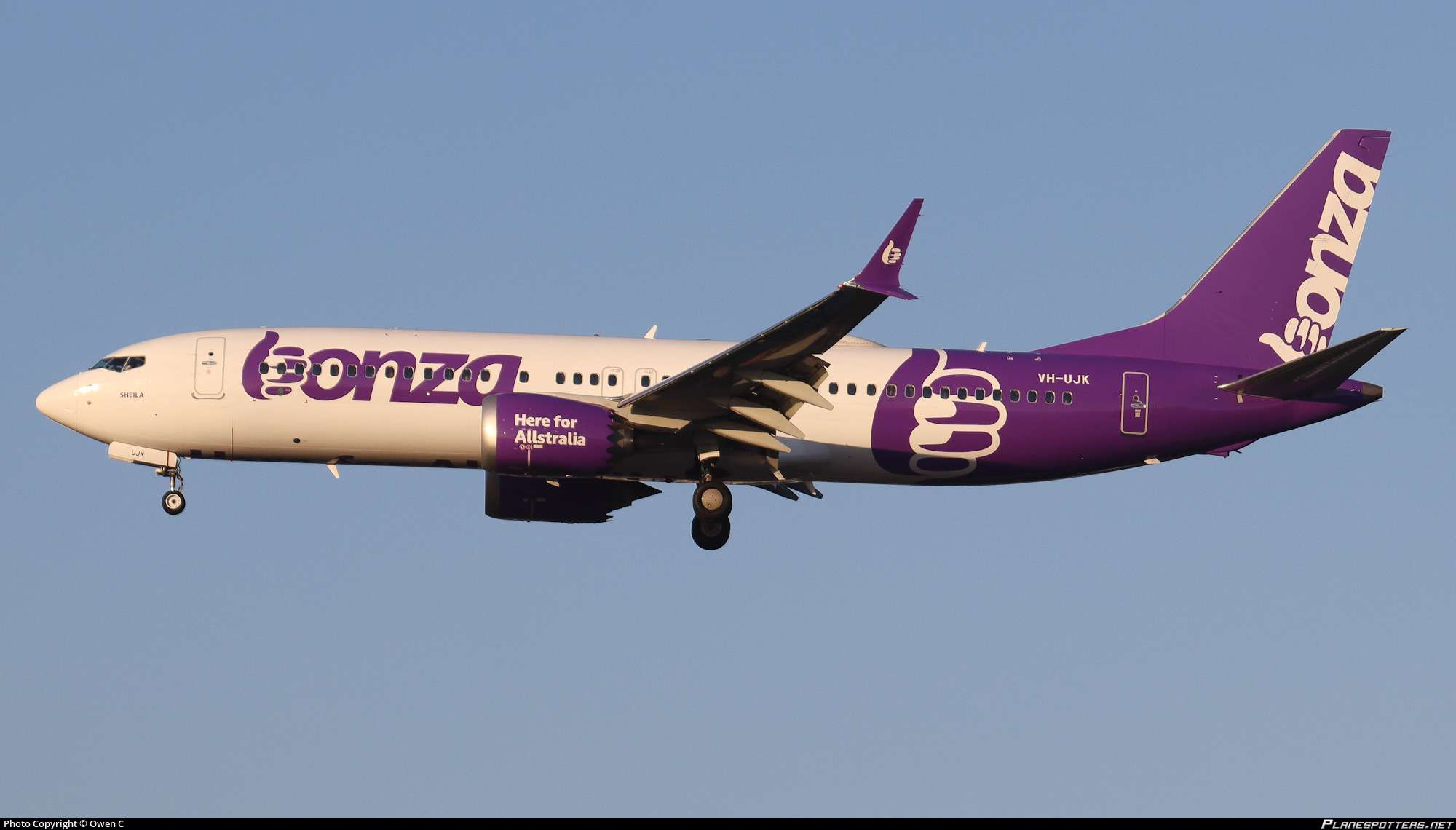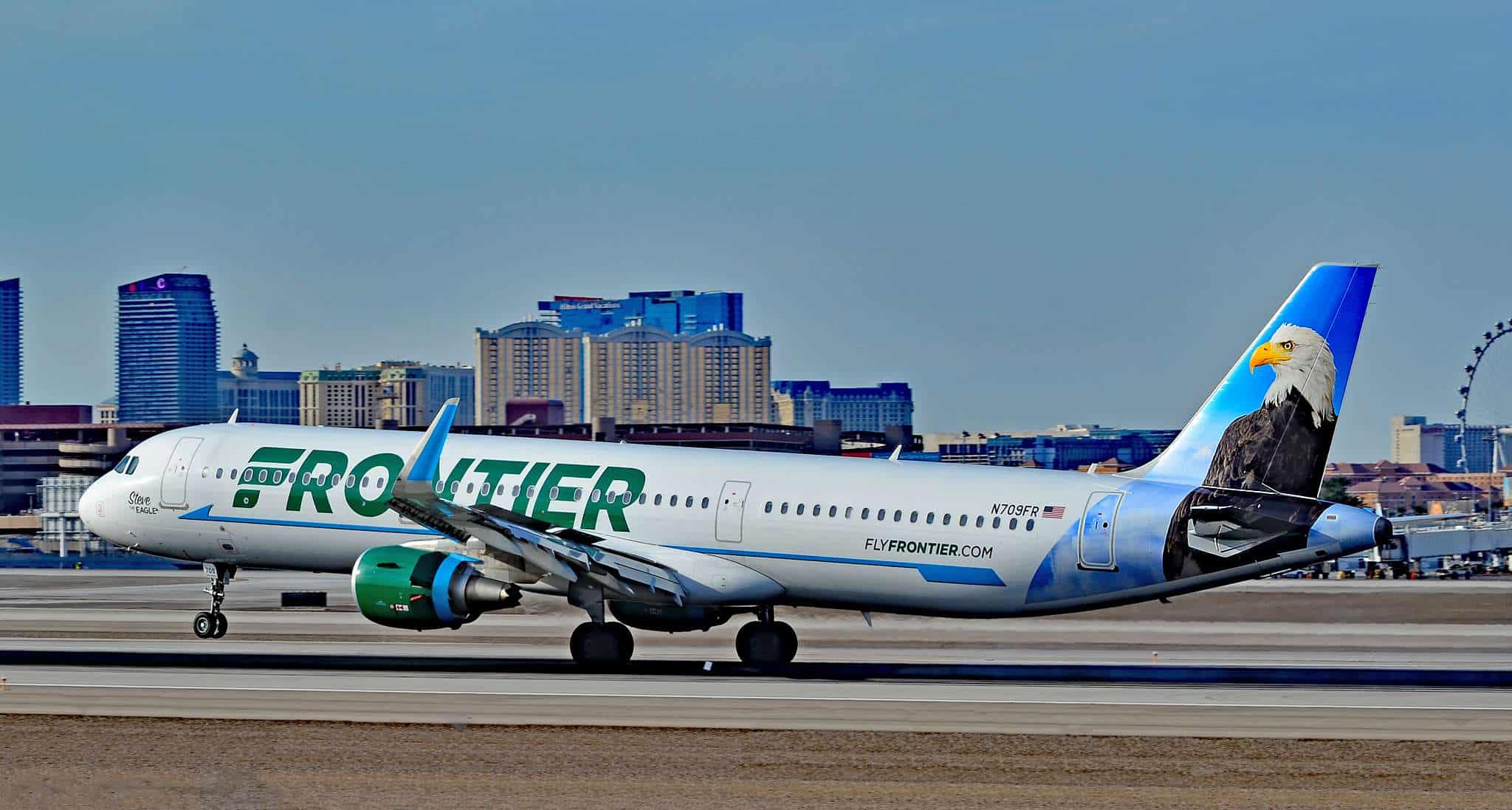The International Air Transport Association (IATA) released promising data on global passenger demand for March 2024.
Air travel remains buoyant with March proving to be another strong month with robust year-on-year increases.
With continued pent-up demand, IATA has urged operators to address operational inefficiencies and capacity constraints with the looming peak season.
We take a look at the key findings for March 2024.
Overall Growth
- Total passenger demand (RPKs) increased by 13.8% compared to March 2023.
- Available seat capacity (ASKs) rose by 12.3% year-on-year.
- Load factor climbed to 82.0%, a 1.0 percentage point improvement from March 2023.
International vs. Domestic
- International passenger demand surged by 18.9% year-on-year, with capacity growth closely matching (18.8%). The load factor reached 81.6%, a slight increase of 0.1ppt.
- Domestic demand saw a more moderate increase of 6.6% compared to March 2023. Capacity grew at a slower pace (3.4%), resulting in a significant load factor improvement of 2.5 percentage points to 82.6%.
Industry Outlook
IATA Director General Willie Walsh expressed optimism about the upcoming peak Northern Summer travel season, citing the strong demand trends.
He emphasized the importance of adequate capacity to handle this surge and ensure a smooth travel experience.
Walsh highlighted the need for efficient airport operations, well-staffed air traffic control, and resolved supply chain issues to minimize disruptions and delays.
He further stressed that airlines should be prepared to assist passengers in case of operational issues.
However, he stressed airlines shouldn’t bear the financial burden of delays caused by inefficiencies in other parts of the travel sector.

Regional Performance:
All regions witnessed positive growth in international air travel demand compared to March 2023. However, load factor performance varied:
Asia-Pacific
Asia-Pacific airlines led the pack with a remarkable 38.5% demand increase. Their capacity grew at a similar rate (37.4%), leading to the highest regional load factor of 85.6% (up 0.7ppt).
Notably, major routes from this region to North America haven’t fully recovered, with scheduled air services still at only 16.5% of pre-pandemic levels.
Europe
European carriers experienced a 11.6% year-on-year demand increase, with capacity rising by 11.4%. The load factor remained relatively flat at 79.9% (a minimal increase of 0.1ppt).

Middle East
Middle Eastern airlines saw a 10.8% demand growth, but their capacity rose faster (13.9%). This resulted in a load factor decline of 2.1 percentage points to 77.5% compared to March 2023.
The Americas
North American carriers reported a 14.5% demand increase, with a slight capacity edge (14.8%). The load factor dipped slightly to 84.7% (down 0.2ppt).
Latin American airlines enjoyed a strong 19.7% demand increase, with capacity growth keeping pace (18.3%). Their load factor improved significantly to 84.3% (up 0.9ppt).
Africa
African airlines witnessed an 8.1% demand rise, but capacity grew at a faster rate (11.0%). This led to a load factor decline of 1.9 percentage points to 70.3%.
Conclusion
The air travel industry is experiencing a positive upswing, with strong passenger demand and improving load factors.
Addressing capacity constraints and operational inefficiencies will be crucial to ensure a smooth and successful peak season.

Click the banner to subscribe to our weekly newsleter.

Click the photo to join our WhatsApp channel so then you can stay up to date with everything going on in the aviation industry!





